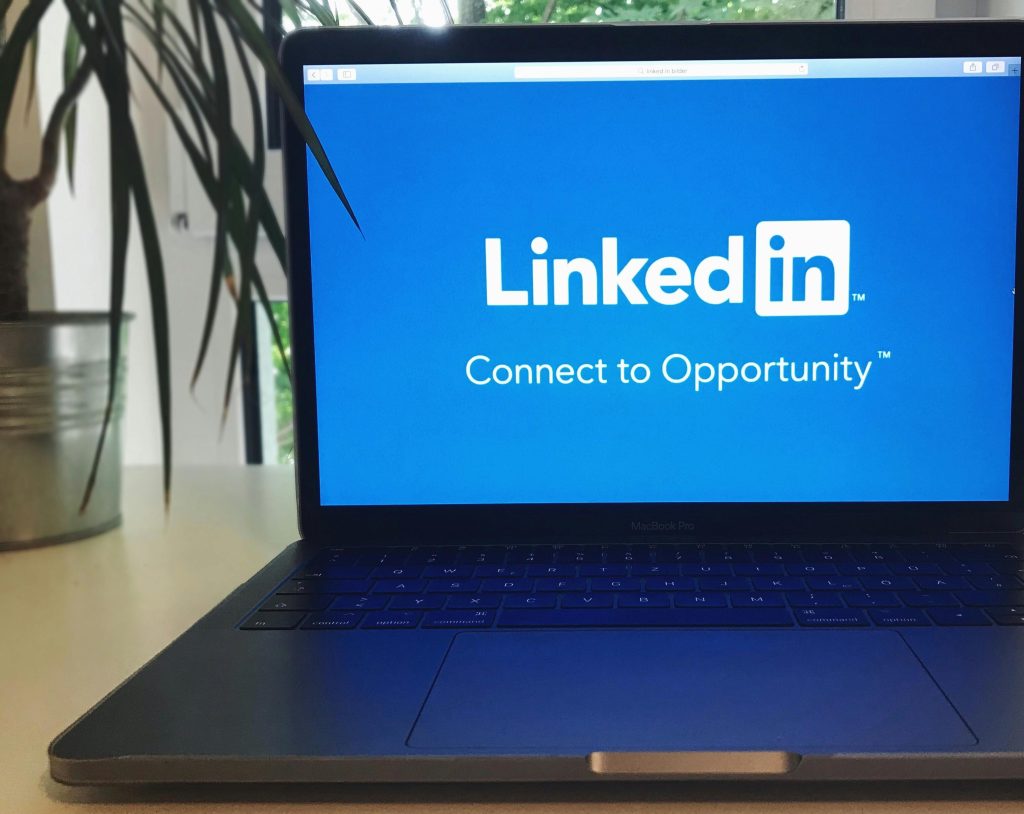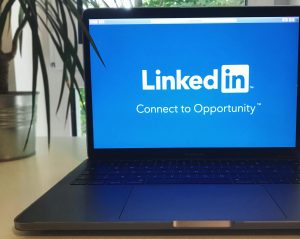Navigating Economic Uncertainty: A Strategic Playbook for C-Level Executives
For today’s executives, economic uncertainty isn’t the exception, it’s the rule. Between inflationary pressures, supply chain disruptions, political instability, and technological disruption (AI anyone?), the CEO’s job in 2025 is harder than ever. Yet history shows us something important: organizations that navigate downturns with strategy and resilience don’t just survive, they emerge stronger. So how do C-level executives steer through volatility while keeping growth alive? This article lays out a strategic playbook for navigating economic uncertainty, balancing immediate resilience with long-term positioning. 1. Redefine What “Certainty” Means Most leaders crave stability. But in 2025, certainty isn’t about predicting the market — it’s about preparing for multiple outcomes. Shift your mindset from prediction to preparedness. Instead of betting on one forecast, develop scenarios: Great executives don’t wait for the fog to lift. They build agility into their strategies so they can adjust as conditions change. 2. Cash Flow Is Strategy, Not Just Finance During uncertainty, growth often takes a back seat to liquidity. Executives must treat cash flow as a strategic lever, not just a financial metric. Best practices for C-level execs: Stat insight: McKinsey’s research shows companies that actively reallocate capital during crises generate 30% higher total shareholder returns over the next decade compared to those that remain passive. 3. Ruthless Prioritization: Protect Core, Trim Fat In economic turbulence, executives face hard choices. Protecting the core business is step one. Ask yourself: The 80/20 principle matters more during downturns. Focus resources on the 20% of products, clients, and strategies that drive 80% of the value. Example: During the 2008 financial crisis, Procter & Gamble pulled back on experimental product lines but doubled down on its household essentials gaining market share as competitors faltered. 4. Talent Strategy: Retain, Redeploy, Reskill Cutting headcount may protect the bottom line in the short term, but it can cripple recovery. Forward-thinking execs prioritize talent redeployment and reskilling. C-level strategies for talent: Retention insight: LinkedIn’s 2024 Global Talent Trends report revealed that 94% of employees would stay longer at a company that invests in their career development. Your people are your competitive advantage — even more so when others are cutting corners. 5. Embrace Digital Acceleration, Especially AI Economic slowdowns often accelerate digital transformation. Why? Because efficiency becomes non-negotiable. For C-level leaders, this means leveraging technology not just to cut costs, but to reinvent workflows. Practical digital plays: Stat insight: According to PwC’s 2025 CEO Survey, 56% of executives report efficiency gains from GenAI, and 32% see revenue growth as a direct result. 6. Strengthen Stakeholder Trust Uncertainty magnifies stakeholder scrutiny from investors to employees to regulators. C-level leaders must over-communicate: Trust is an undervalued currency in downturns. Leaders who maintain credibility win long-term loyalty. 7. Strategic M&A: Crisis as Opportunity Turbulent times often present rare opportunities for strategic acquisitions. Strong companies can buy weaker competitors, talent, or technology at discounted valuations. For C-level execs, this means: Case in point: During the 2001 dot-com bust, Amazon acquired distressed startups like Junglee (for product search) and leveraged them to expand its capabilities. 8. Rethink Global vs. Local Supply Chains Executives can no longer assume stable global supply chains. Resilience now matters as much as cost. Strategic questions for C-level leaders: Stat insight: According to Deloitte’s 2024 Supply Chain Resilience Report, 62% of executives plan to shift at least part of their supply chain closer to home markets. 9. Scenario Planning: Build Agility into Strategy Scenario planning isn’t about predicting the future, it’s about stress-testing your business model against different futures. Steps for execs: The goal: eliminate “panic pivots” by deciding ahead of time how you’ll respond. 10. Executive Mindset: Calm, Clear, Decisive Uncertainty isn’t just external, it’s internal. The mindset of the C-suite sets the tone for the entire organization. Employees take their cues from leadership behavior. In uncertain times, confidence and adaptability at the top cascade down into resilience at every level. Conclusion: Turning Uncertainty into Advantage Economic uncertainty is daunting but it’s also clarifying. It forces executives to focus on what truly matters: The companies that thrive aren’t the ones with the smoothest ride. They’re the ones whose leaders navigate the bumps with clarity, courage, and adaptability. C-level execs have a choice in 2025: See uncertainty as a threat or use it as a proving ground for resilience and long-term growth.
Navigating Economic Uncertainty: A Strategic Playbook for C-Level Executives Read More »
















